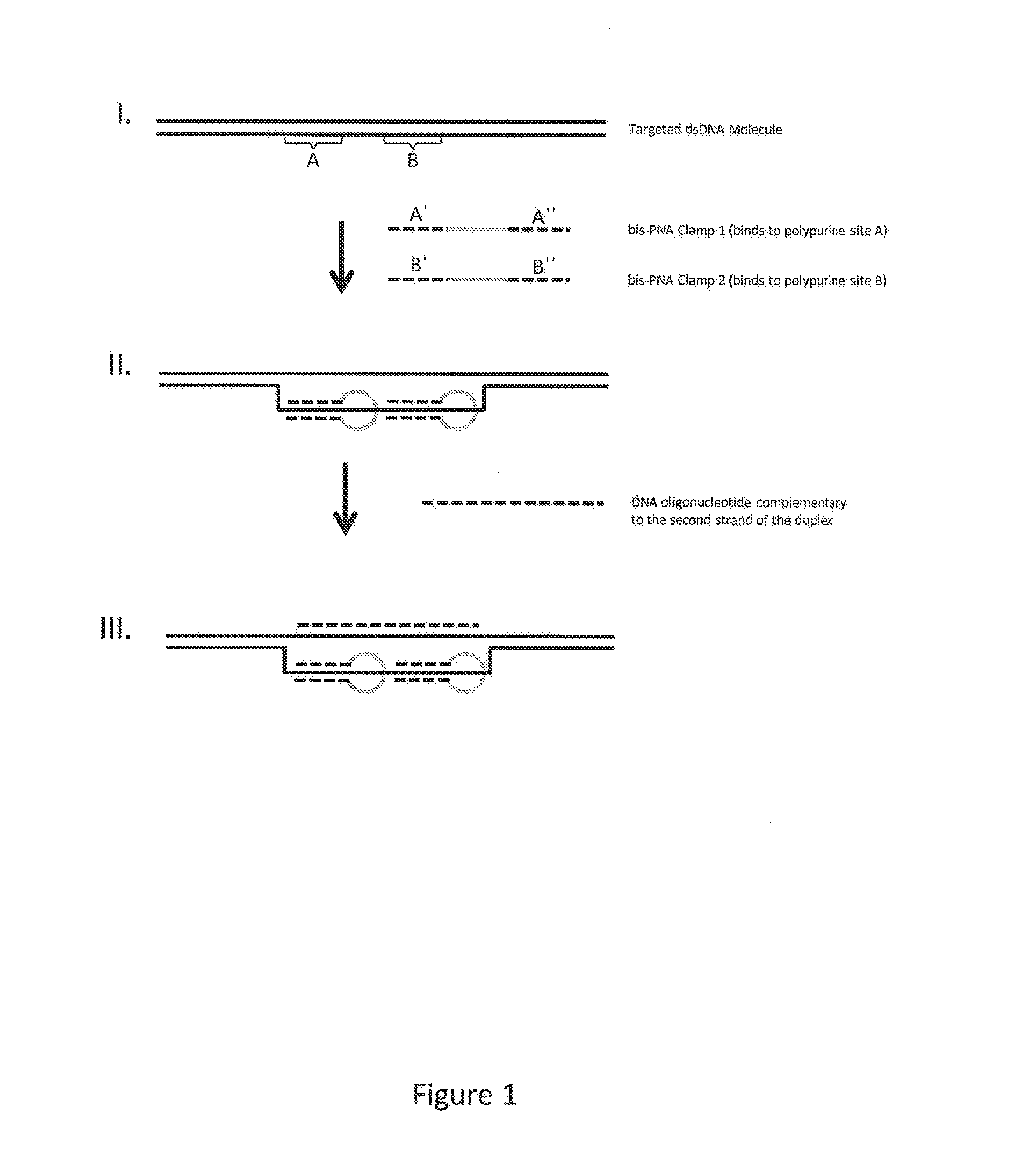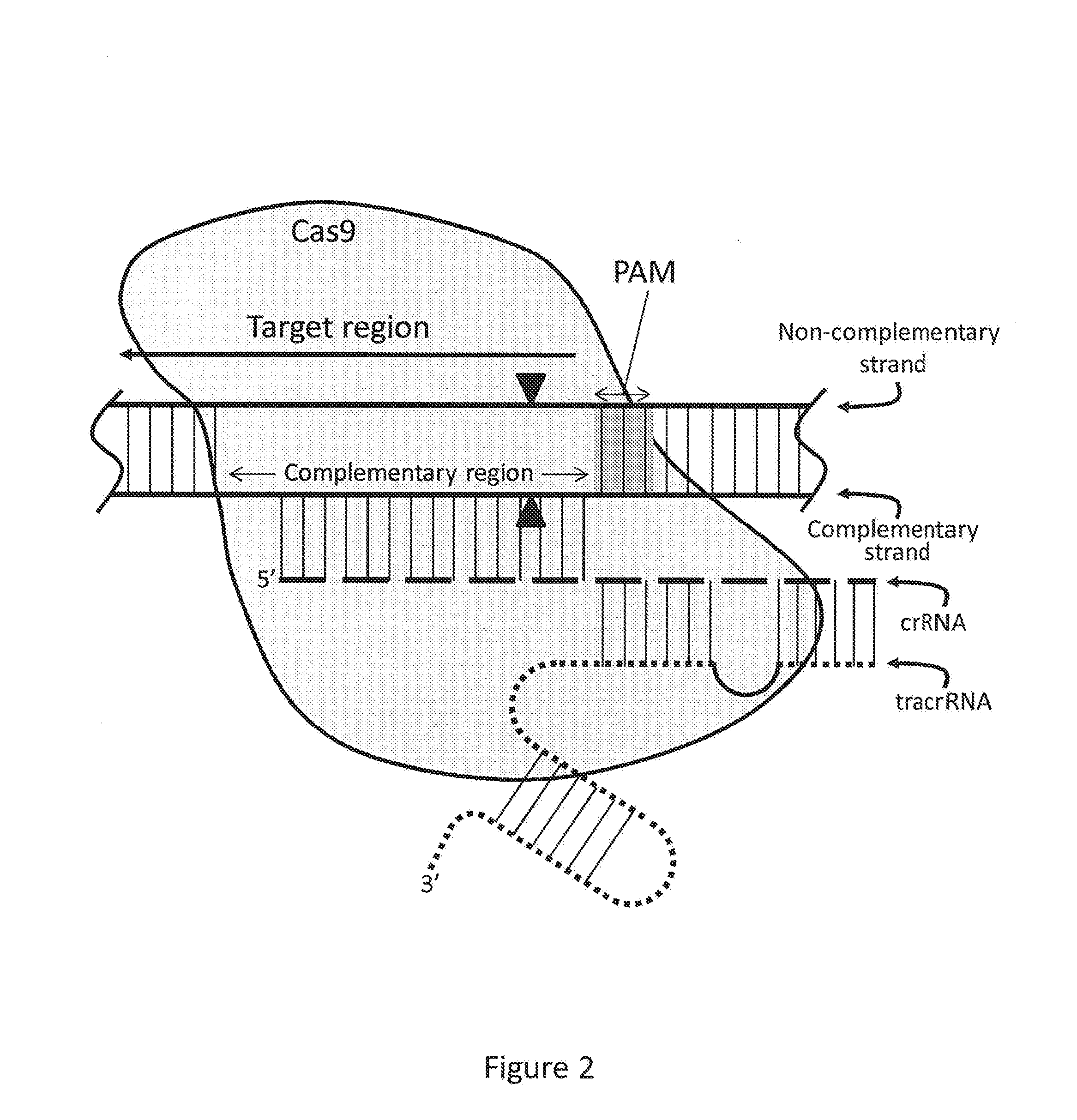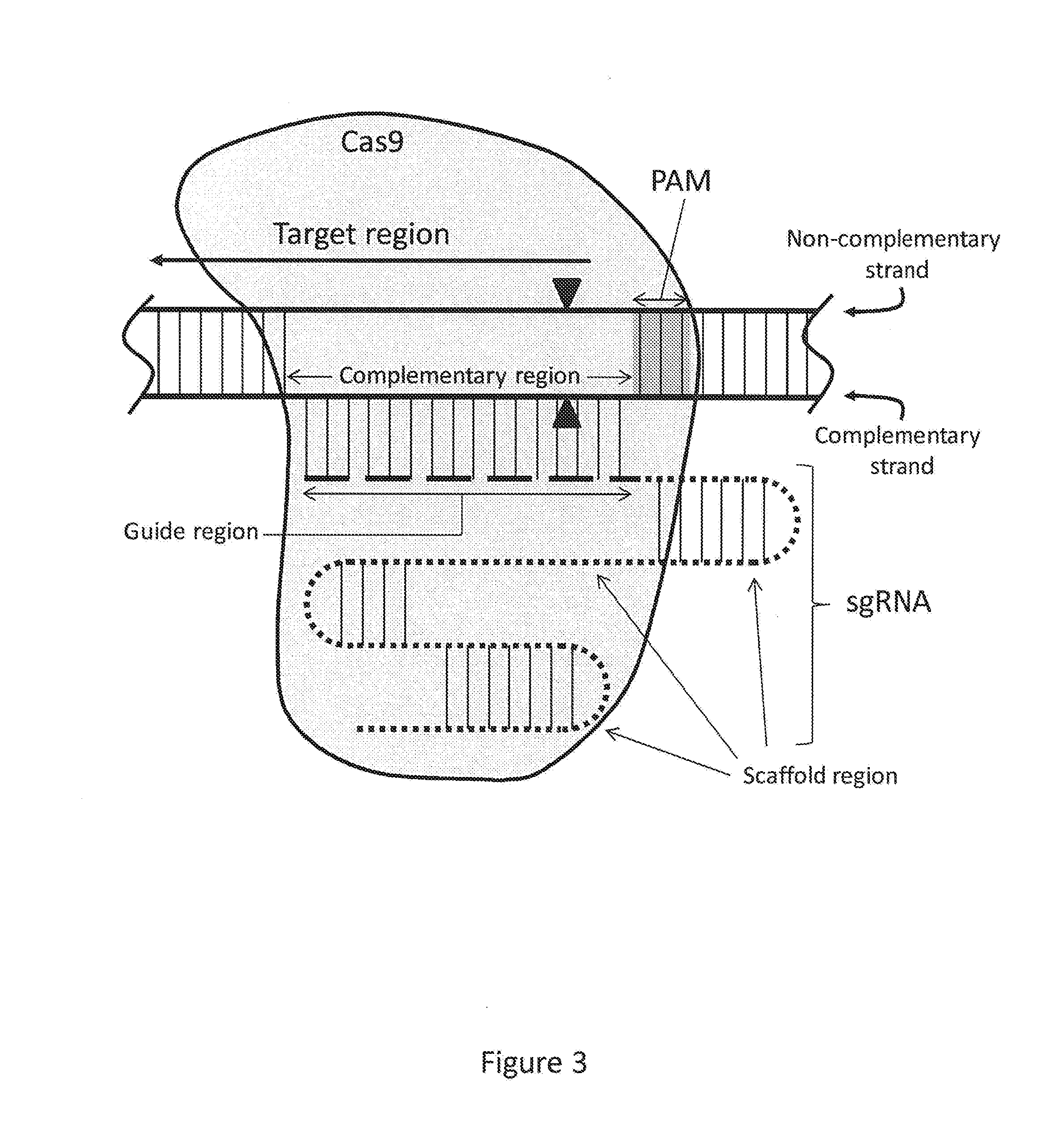Compositions and methods for enrichment of nucleic acids
a technology of nucleic acids and compositions, applied in the field of compositions and methods for enriching nucleic acids, can solve the problems of large amplification, difficult hybridization strategies, and inability to perform analysis without, and achieve the effect of reducing the complexity of a population of nucleic acids and high degree of complexity
- Summary
- Abstract
- Description
- Claims
- Application Information
AI Technical Summary
Benefits of technology
Problems solved by technology
Method used
Image
Examples
examples
1. Enrichment Using Bis-PNA Clamps
[0112]An embodiment of the methods described herein was performed as follows. Data generated is also provided below. The target region intended for enrichment was the human HTT region, and a 2 kb human genomic library was the starting sample nucleic acid. The HTT region represents 0.0001 w / w% of the entire human genome.
[0113]The following components for hybridization of bis-PNA clamps to a target sequence were mixed in 0.5 ml LoBind microcentrifuge tubes (Eppendorf): 10 μl of 12.5 mM Tris acetate pH 8.0, 8 μl of a solution containing 2.5 μM of a first bis-PNA clamp and 2.5 μM of a second bis-PNA clamp, 10 μg of sample nucleic acid in Qiagen EB; and ultrapure water to bring the volume to 100 μl. The sample nucleic acid was a library comprising double-stranded sample nucleic acid fragments that were capped at the ends with stem-loop adapters (also termed a SMRtTbellSM library).
[0114]The mixture was heated to 95° C. for 2 minutes to denature the double...
PUM
| Property | Measurement | Unit |
|---|---|---|
| Length | aaaaa | aaaaa |
Abstract
Description
Claims
Application Information
 Login to View More
Login to View More - R&D
- Intellectual Property
- Life Sciences
- Materials
- Tech Scout
- Unparalleled Data Quality
- Higher Quality Content
- 60% Fewer Hallucinations
Browse by: Latest US Patents, China's latest patents, Technical Efficacy Thesaurus, Application Domain, Technology Topic, Popular Technical Reports.
© 2025 PatSnap. All rights reserved.Legal|Privacy policy|Modern Slavery Act Transparency Statement|Sitemap|About US| Contact US: help@patsnap.com



